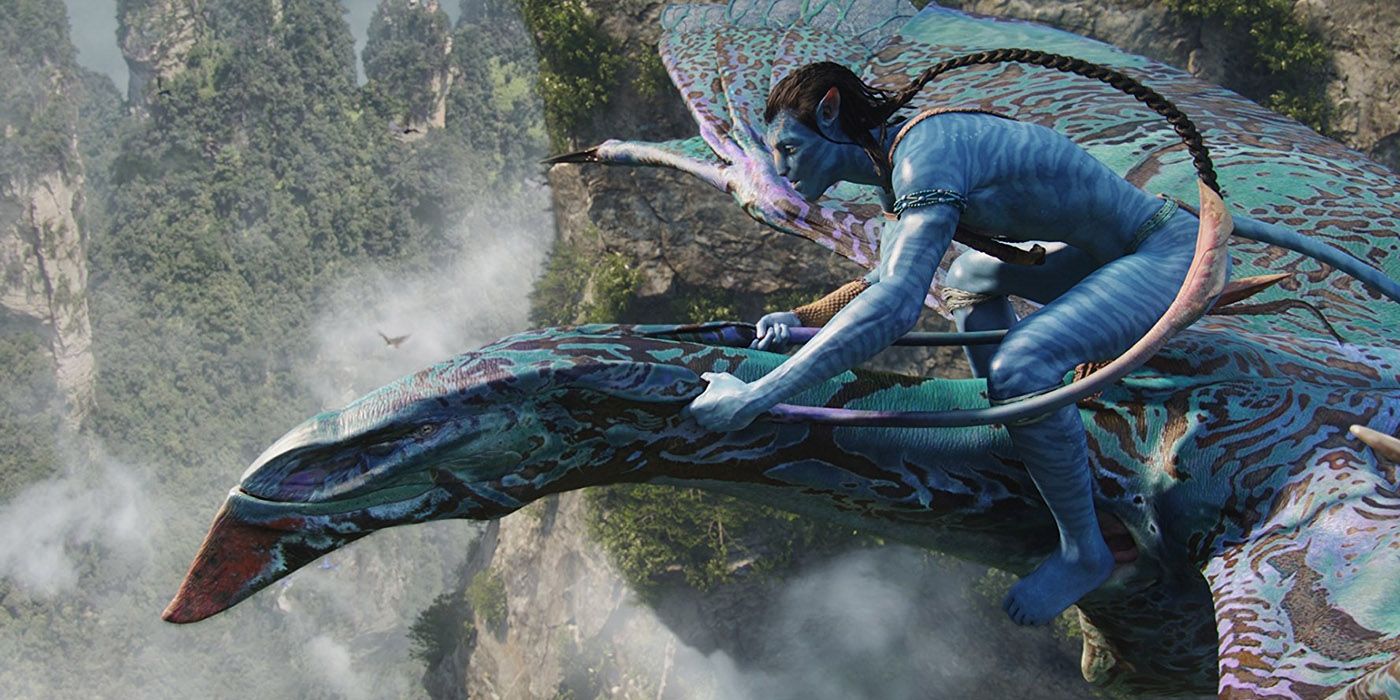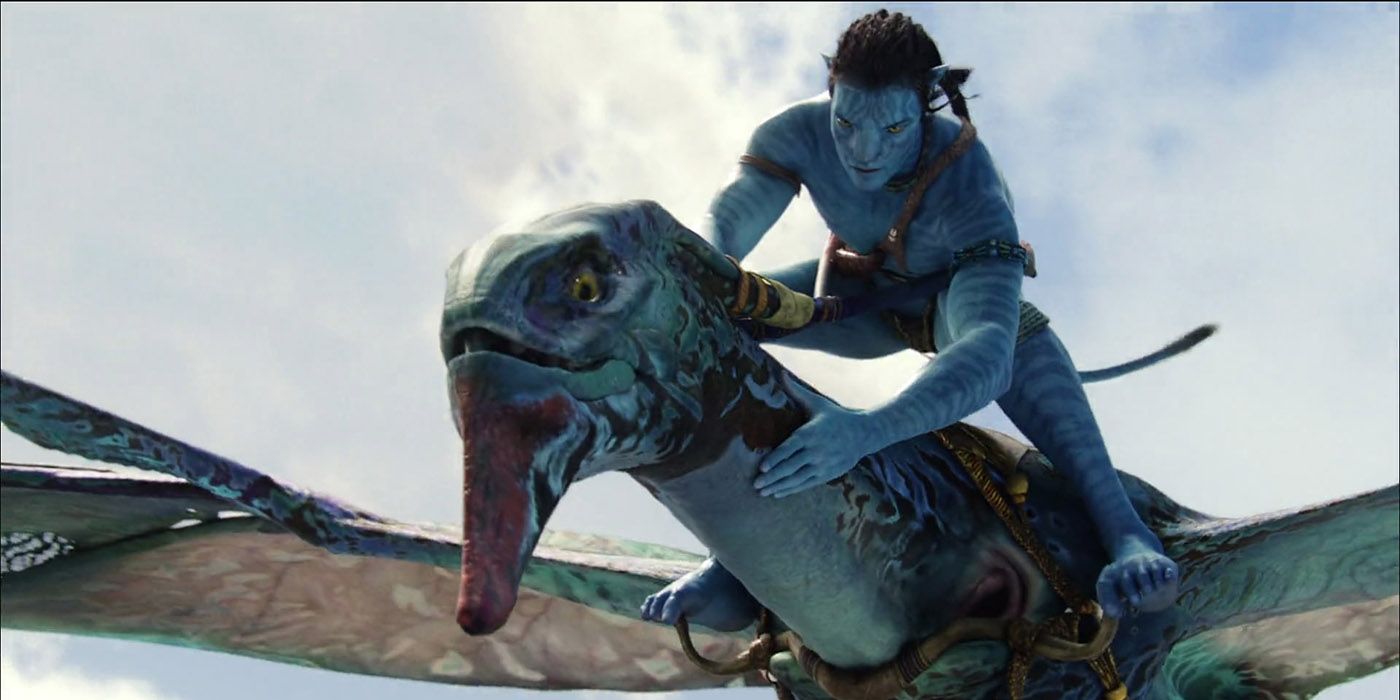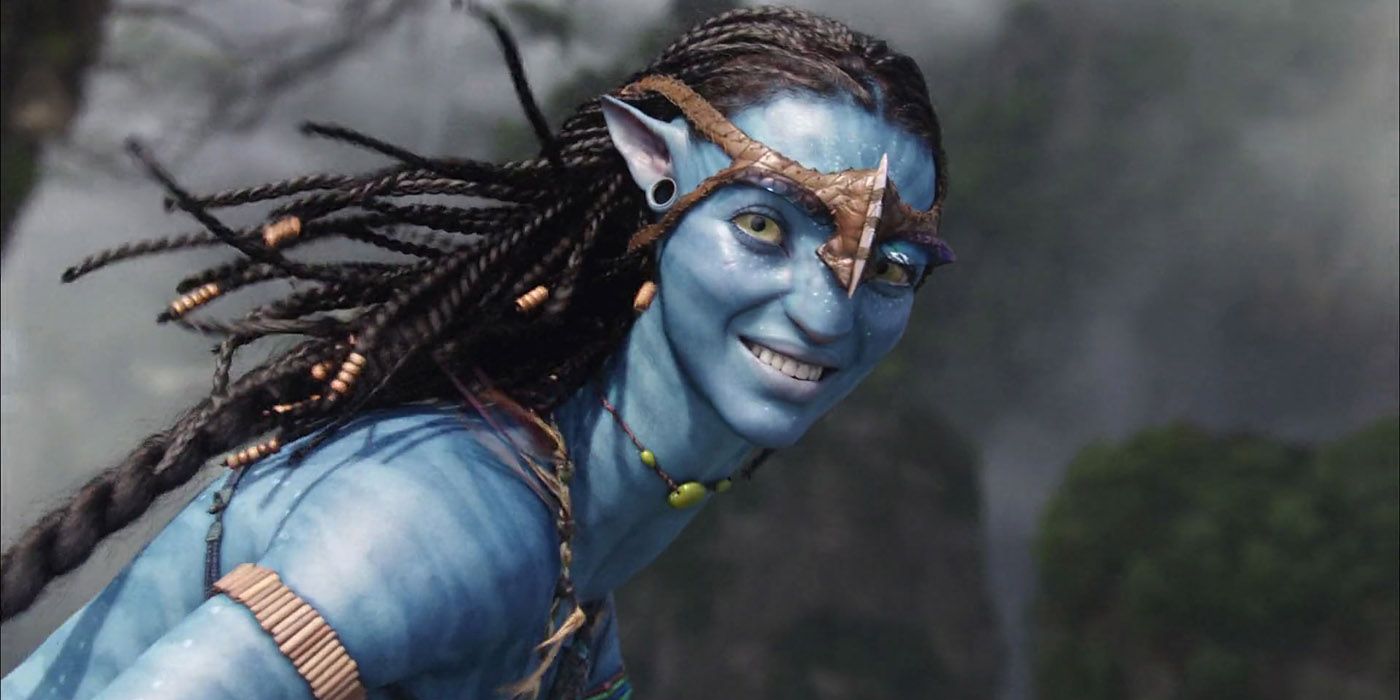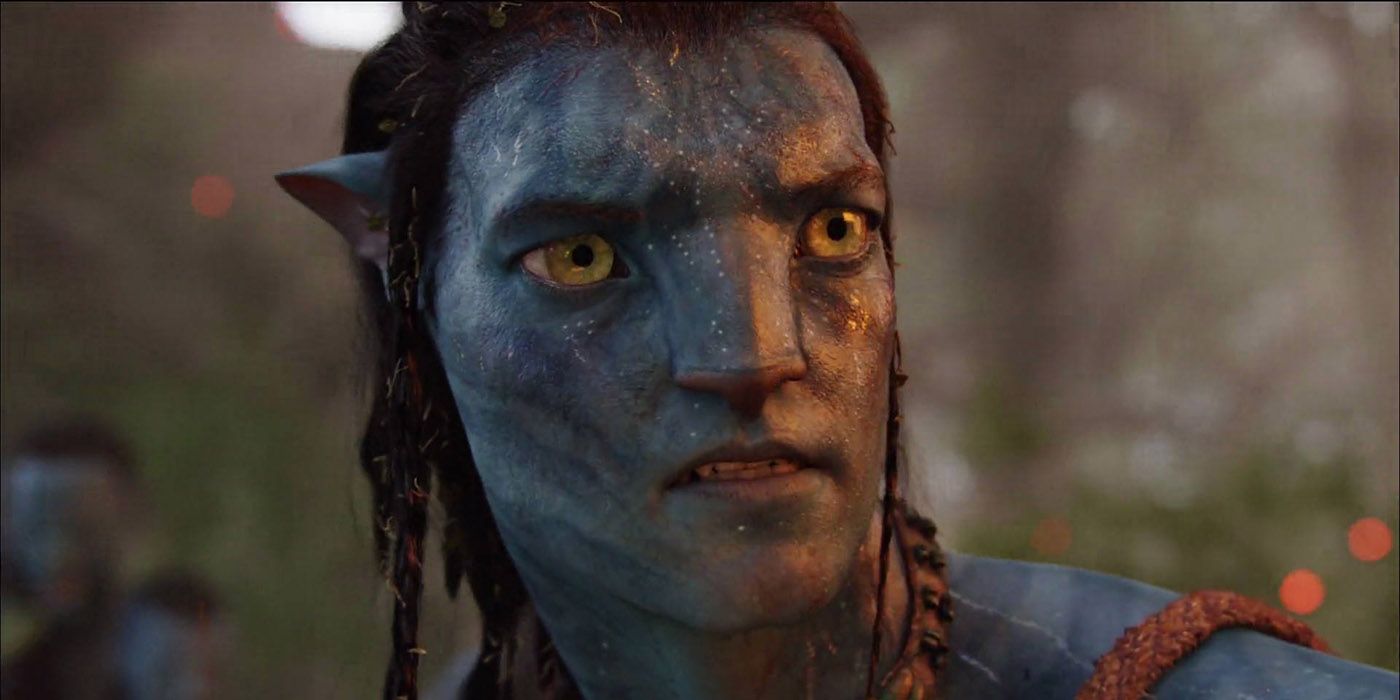Avatar is the reigning box office champion, with the biggest worldwide take of all time. It ushered in a new era of 3D filmmaking and saw director James Cameron outdo the previous all-time champ ” his own Titanic.
But for all its wondrous eye candy, Avatar is a movie remembered more for its technical achievements than the kind of affection that viewers still hold for the story and characters of Titanic. The plot broke no new ground, rehashing the old "soldier goes native, defends locals from his own people" tale. The twist is that it was set entirely on a hyper-realistic alien world, and the "natives" were tall, blue-skinned creatures like nothing viewers had ever seen before.
Still, no one was clamoring for a sequel. It was a tidy, self-contained story, it ended with a "happily ever after," and it didn't leave viewers with the sense that they were witnessing the dawn of a massive franchise. Yet that's exactly what's happening, with Cameron currently filming a full series of sequels back-to-back ” a whopping four of them. That's a new Hollywood record for consecutively-filmed movie making.
Some have balked at the incredible price tag attached to the four-film production: a number in excess of $1 billion. That's right, one billion dollars. Needless to say, in the face of seemingly little hype or demand for even a single sequel, the expensive production has already begun.
Even so, despite this deck seemingly stacked against Cameron, these four movies will be totally worth the high price tag.
First and most obviously, there's Cameron's track record. There's no arguing with results, and this man delivers. Aside from the top two highest grossing movies ever, he also managed to best Ridley Scott's classic space horror with his Aliens sequel, made spies and terrorists funny (don't judge, it was pre-9/11) with True Lies, established Arnold Schwarzenegger as a movie star with The Terminator, and then redefined what a sequel could be with the now-classic Terminator 2: Judgment Day.
There's a timeless quality to his films, too. They may not be the headiest subject matter or feature the most nuanced of characters, but his movies hold up even decades after their releases. Terminator 2 is every bit as watchable today as it was back in 1991.
And his visuals are pristine. They're sharp, vibrant, and gorgeous to look at. Cameron frequently uses his own signature techniques, such as his striking nighttime cinematography that shows high contrasts between dark metallic hues and bright whites.
Second, Cameron's movies have always been expensive. The Abyss was one of the most expensive movies ever made at the time. Terminator 2 cost $100 million, which was unheard of. And Titanic was infamous for going way over budget and over schedule ” exceeding $200 million ” becoming the most costly film ever made, and it was far from traditional box office fare. Pundits understandably predicted doom and the end of Cameron's career, but the writer/director delivered the goods and won over critics, audiences by the droves, and Academy Award voters. Avatar kicked his budget up another notch, with a reported $237 million required to make the alien blockbuster.
The "over $1 billion" budget for the Avatar sequels is huge, no doubt. But it the math makes it about $250 million per film. That's not a huge jump from $237 million on the first film, especially if you factor in inflation. The fact that he's moving forward with four of them at once when there's arguably no demand for even one is more than bold, though.
As for why Cameron spends so much on his films, that's plain to see. Every bit of the budget goes into the visual fidelity of what audiences witness on the screen. He's been pushing the technological envelope of what visuals are capable of from the start. He was one of the first Hollywood creatives to use modern computer graphics in his films, back in the 80s and early 90s. His effects for The Abyss and Terminator 2 showed what CGI was truly capable of, and it's not hyperbole to say that they changed filmmaking forever.
With Avatar, he changed moviegoing once again by making a flick that brought so much attention to a high-tech 3D format that theaters around the world had no choice but to adopt the technology needed to show it in order to satisfy hungry customers. Each of his movies has been bigger and more ambitious than the last, so is it any wonder that he's now moved into multi-movie making?
So what innovations does Cameron have planned for the Avatar sequels? He's mentioned an interest in filming at a higher frame rate; Peter Jackson did this with The Hobbit films and drew criticism from viewers for it. But Cameron has a history of taking techniques that have never been used successfully and turning them into a must-see attraction - just look at the way people saw 3D before Avatar. If anyone can make high frame rate cinema worthwhile, he can.
No doubt Cameron will employ other new techniques we've seen before, as well. He actually helped invent the 3D motion capture technology Weta used with Avatar, and similar technologies have since become the default for CG characters, so who knows what he might have up his sleeve for the sequels and how it'll raise the bar for other Hollywood productions? There have been rumblings that he might utilize a new, more advanced 3D projection technology than Avatar used. And with much of at least one of the sequels set to feature a tribe of reef-based Na'vi, expectations are high that he'll come up with new motion capture technology for crafting a dazzling new kind of underwater alien environment.
What's more, Cameron is going all-in on Avatar. In a big way. Looking for a property big enough to compete with Universal's Harry Potter attractions, Disney created a major "Avatar land" as part of its Animal Kingdom park in Florida. Eight years may have passed since Avatar's heyday, but Orlando visitors have consistently reported being wowed by Disney's Avatar attractions. There are comic books and video games planned, and we fully expect to see plenty of other new media creations set on Avatar's alien moon Pandora.
James Cameron is known around Hollywood for his uncompromising vision and a volatile temper, but one thing you can't accuse him of is being stupid. He's smart enough to know that if he's going to commit to four sequels of a movie that no one was really expecting one sequel from, then he's got to bring it. He's got to have a ton of story to tell, and all of it has to be enthralling. He's got to surprise us with an engrossing alien mythology, he's got to amaze us all over again visually, up the ante with every film in the series, and, most important to him, blow our minds with big new ideas in a way that raises the bar for all blockbusters to follow.
Everything about his history suggests that no matter how insanely ambitious an idea James Cameron comes up with... Only a fool would bet against him.




